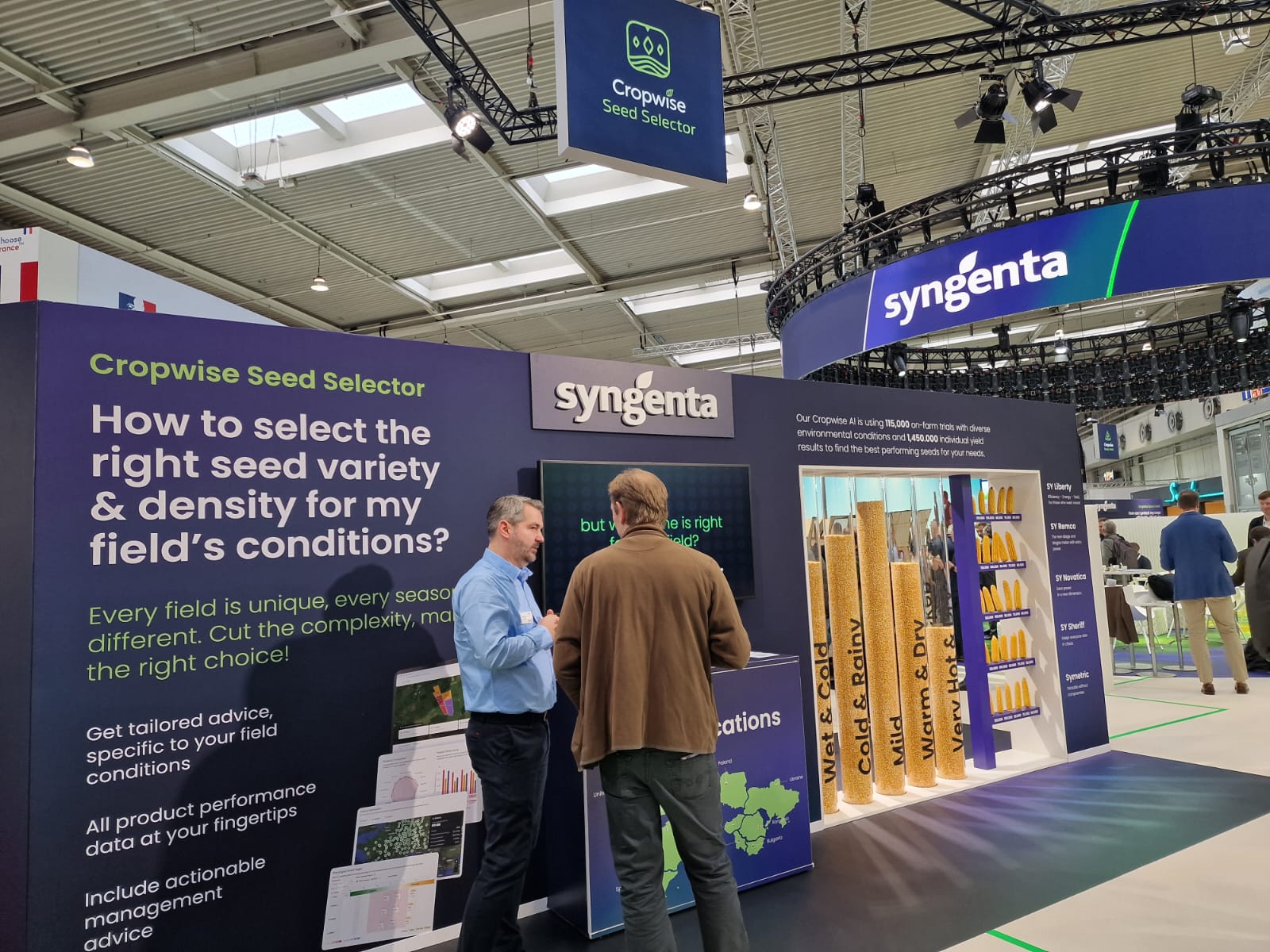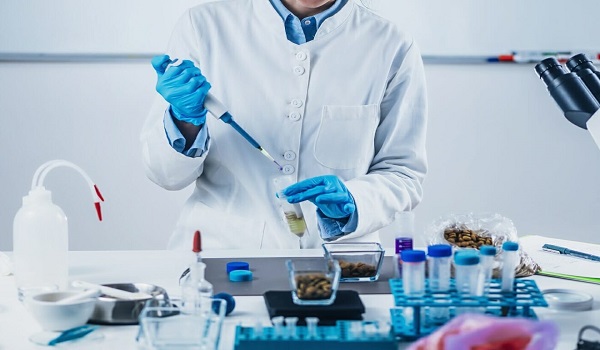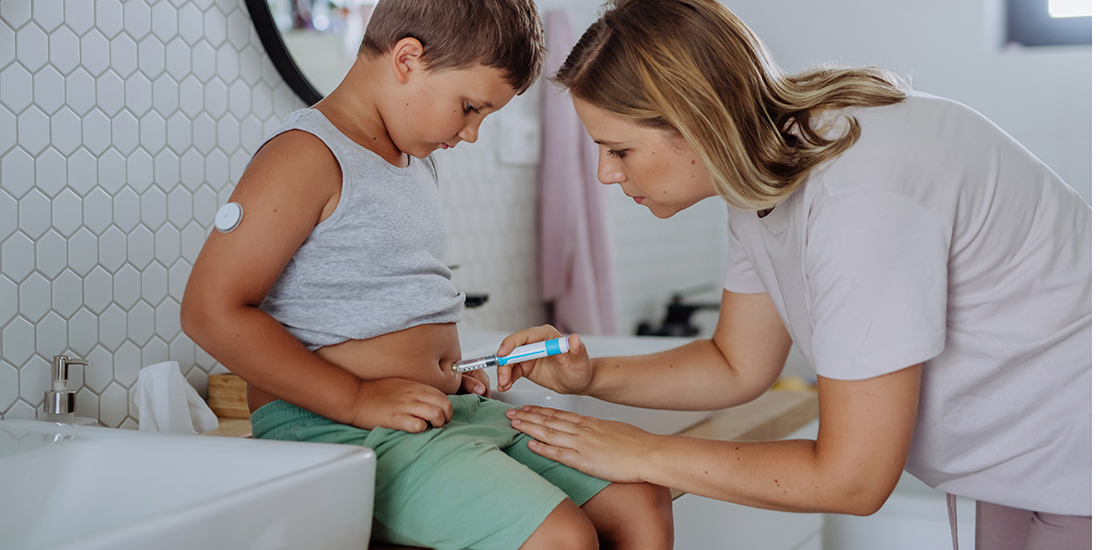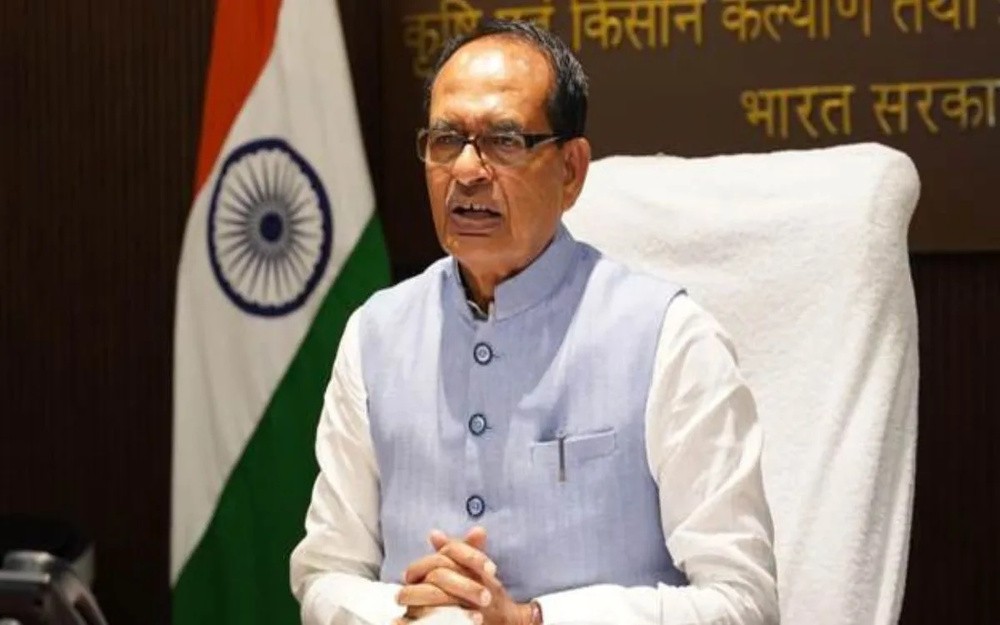
Syngenta has opened its Cropwise digital agriculture platform to external developers, announcing the strategic shift at Agritechnica 2025, with special coveraage by AgroPages. The move is designed to accelerate agricultural innovation and reduce technology access disparity between large and small-scale producers.
The Swiss-origin, Chinese-owned multinational’s decision follows research conducted by IPSOS, in partnership with Syngenta, revealing accelerated technology adoption among large producers, creating a widening digital divide in agricultural competitiveness. The study also found younger farmers adopt new tools more readily, while older producers view artificial intelligence as inaccessible.
Platform Scale Provides Foundation for Ecosystem Strategy
Launched in 2020, Cropwise offers monitoring tools, operational management, seed selection, and application recommendation capabilities. The platform currently covers over 70 million hectares across 30 countries, providing substantial scale for third-party solution deployment.
With the new open version, developers can integrate proprietary solutions while leveraging Syngenta’s agronomic models and artificial intelligence resources—an ecosystem approach that combines the agrochemical giant’s domain expertise with distributed innovation capacity from specialized technology providers.
“The agriculture sector stands at a tipping point. Climate pressures, global market volatility, and the urgent need to promote sustainable farming practices mean that technology adoption can no longer be optional,” according to Feroz Sheikh, Syngenta’s Chief Information and Digital Officer, in an exclusive interview with AgroPages.
Addressing Technology Access Inequality
“The Cropwise Open Platform represents a significant step forward in bridging the inequity that exists within the adoption of agricultural technology. By creating an open ecosystem that combines our deep agricultural expertise with cutting-edge digital capabilities, we’re empowering third-party developers to build solutions on top of Cropwise. Farmers can choose the apps that best support their needs—without sacrificing control over their data,” noted Sheikh.
The platform architecture enables developers to build data-driven applications addressing practical farming challenges through robust integration capabilities and access to Syngenta’s digital agriculture services. Farmers retain data ownership and control while accessing an ecosystem of innovations built around the Cropwise infrastructure.
For the developer community, the Open Platform provides opportunities to leverage Syngenta’s artificial intelligence and machine learning capabilities, plus aggregated agronomic insights, offering solutions at unprecedented scale—market access that independent agricultural technology startups typically cannot achieve through direct farmer outreach.
AI as Equalizer Requires Accessibility
“AI can be the great equalizer in agriculture—but only if it’s accessible, affordable, and trusted,” Sheikh added. “By opening Cropwise developer capabilities, we hope to create a network with farmers at the center, and ensure that digital innovation benefits every farmer, not just those with the biggest fields or budgets.”
The company specified it does not provide access to individual grower data without owner consent, in accordance with applicable laws—a critical assurance given farmer concerns about data ownership and potential competitive use of farm-level information by input suppliers.
Strategic Context in Evolving Precision Agriculture Market
Syngenta’s open platform strategy occurs amid a rapid evolution in agricultural technology markets, where precision agriculture adoption accelerates globally but concentrates among well-capitalized operations with technical capacity to integrate complex digital tools.
The approach parallels platform strategies in other industries in which dominant players open proprietary systems to create developer ecosystems that expand functionality while reinforcing platform centrality—potentially establishing Cropwise as a de facto standard for agricultural data integration, even as third-party applications proliferate.
The timing also reflects mounting pressure on agrochemical companies to demonstrate value beyond chemical products as biological alternatives gain market share and environmental regulations tighten. Digital platforms enabling precision application, sustainability documentation, and agronomic optimization provide differentiation opportunities as commodity chemical markets mature.
Specifically for Brazilian agriculture, digital platforms facilitating integrated pest management combining chemical and biological tools may gain strategic importance. Platforms enabling variable-rate application based on real-time field conditions could optimize both conventional and biological input deployment, addressing producer concerns about biological product consistency while reducing total input costs.
The democratization narrative around the access to technology also addresses growing scrutiny of agricultural consolidation and concerns that precision agriculture benefits accrue primarily to large-scale operations, potentially accelerating farm size polarization. By positioning Cropwise as an open ecosystem serving farmers of all scales, Syngenta may preempt regulatory concerns while expanding its addressable market beyond the large-scale operations that traditionally adopt digital agriculture tools first.
Source : Agropages





